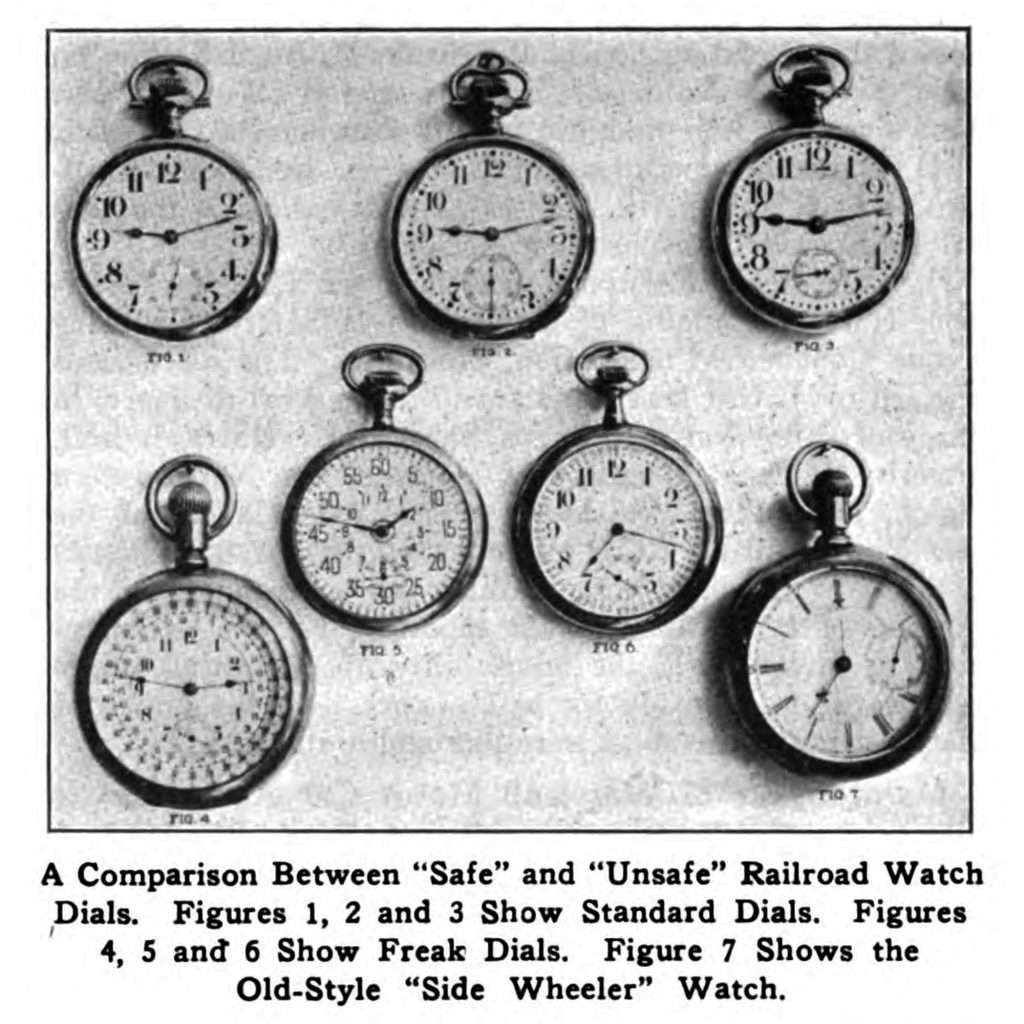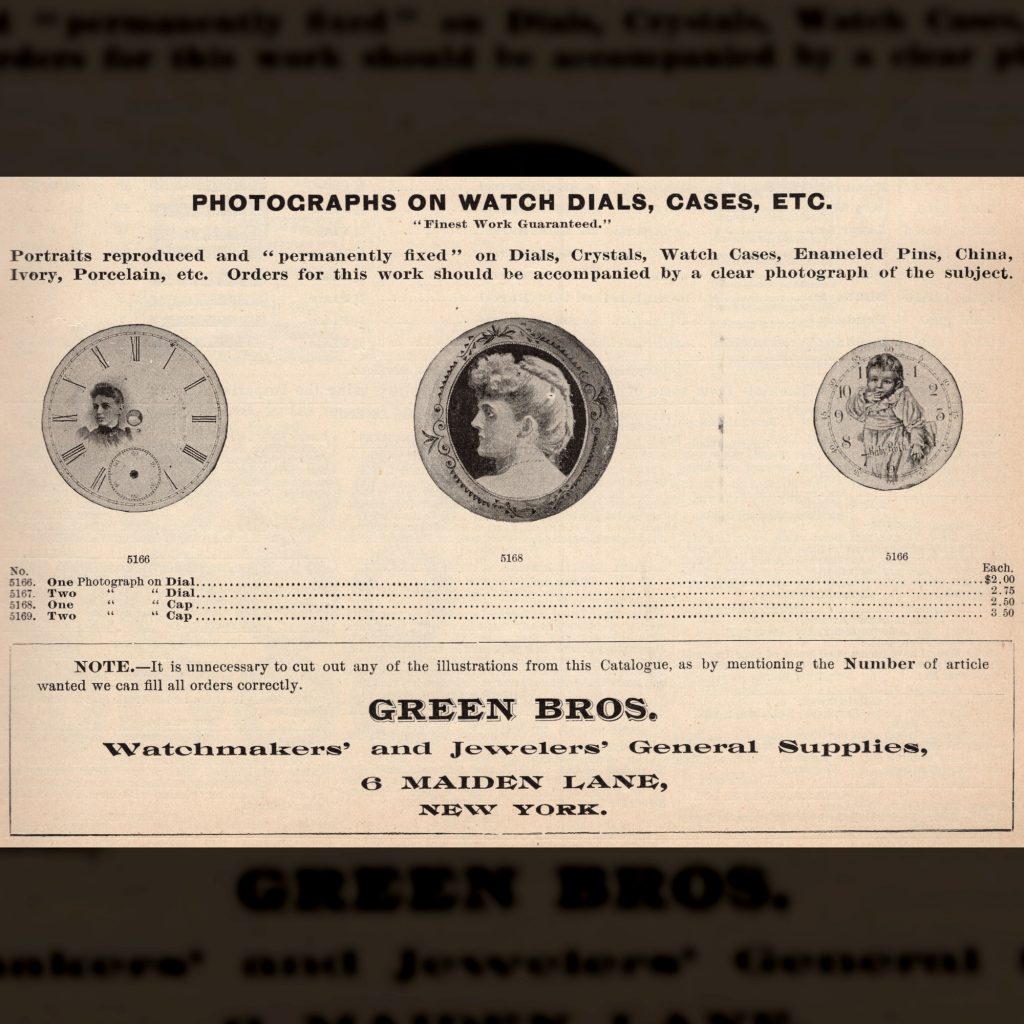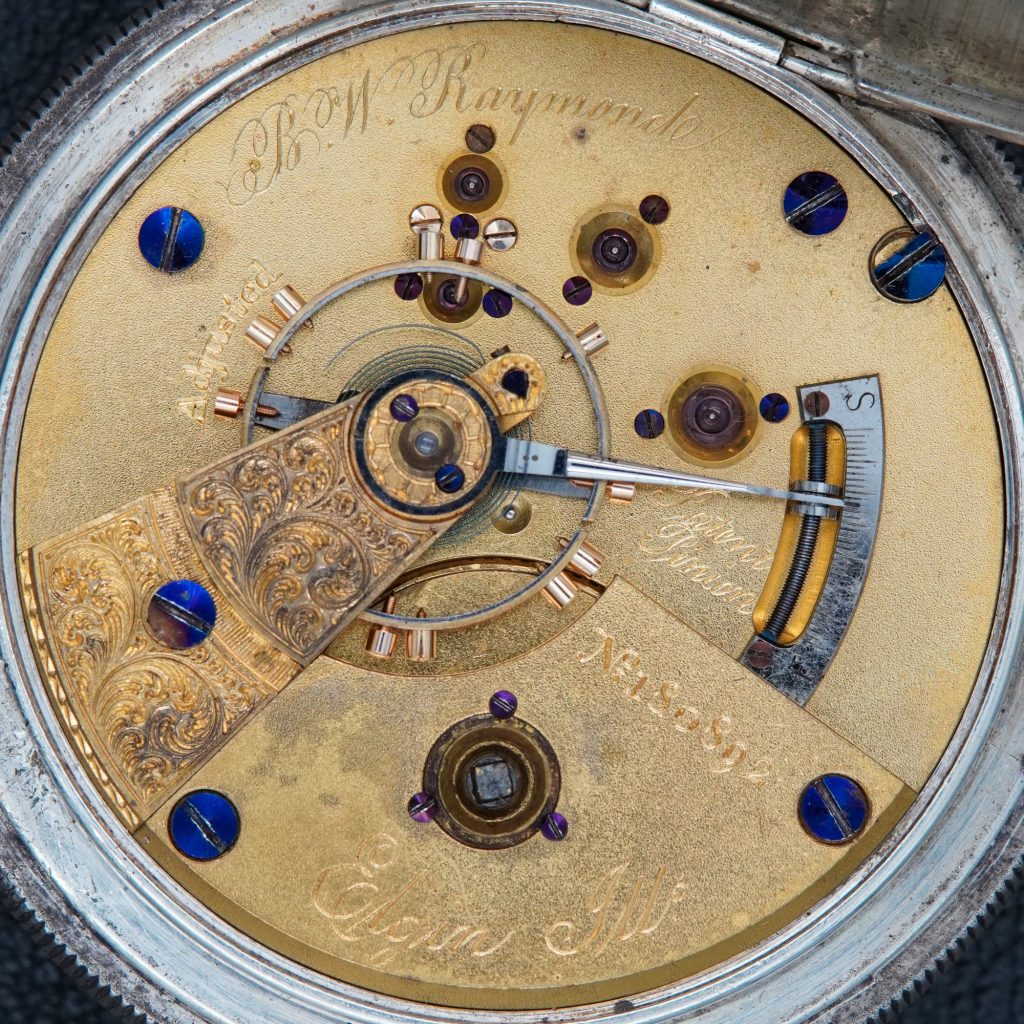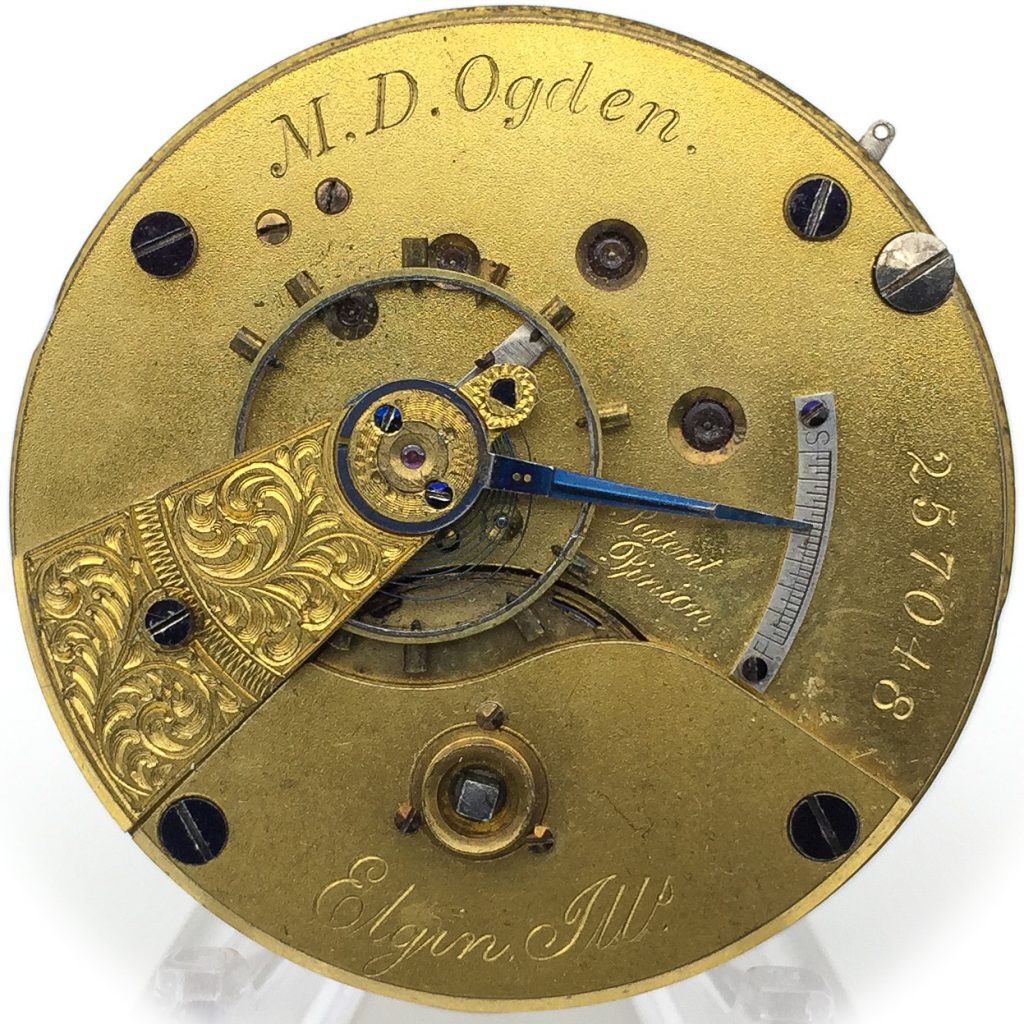Webb C. Ball Rejects “Freakish” Railroad Dials
Shortly after Henry S. Montgomery introduced the new generation of his “Safety Dial” design in April 1920, Webb C. Ball launched an attack rejecting any dial with “fantastic figures or freakish designs.”
Ball was arguably the most prolific figure associated with time inspection on the railroads and benefited immensely from his influence over the market. Ball frequently emphasized the importance of industry standards, and at the National Safety Council meeting held in September 1920, he presented a paper titled, “Safety and Time Service.”
On the topic of dials, Ball wrote:
“Another very important factor of safety is the dial, that part of the watch which quickly and surely reveals the correct time to the engineer, the conductor and other trainmen. As this information is often required at night when lights are dim and obscure, it is needless to emphasize the importance of dials that give the hour and minute without any confusion of fantastic figures or freakish designs.
The figures should be 12 plain upright Arabic figures to indicate the hour points and the 12 five minute division points in the dial circle should be distinct squares, diamond, or round dots, with the four intervening minute dashes not quite so heavily marked by distinct for easy reading.”Webb C. Ball, Safety and Time Service (1920)
Ball included an image representing the dials he considered to be “safe” and the “Freak Dials,” including Fitch’s marginal dial, Ferguson’s dial, a Howard marginal dial with radial figures, and a “side wheeler” watch.
While Montgomery’s Safety Dial was not pictured, this indirect attack questioned the validity of his new “Type II” Safety Dial design and even cast doubt regarding his original design. Soon, Montgomery would respond to Ball’s attack, attempting to restore the reputation of his “Safety Dial” design.





3 Comments